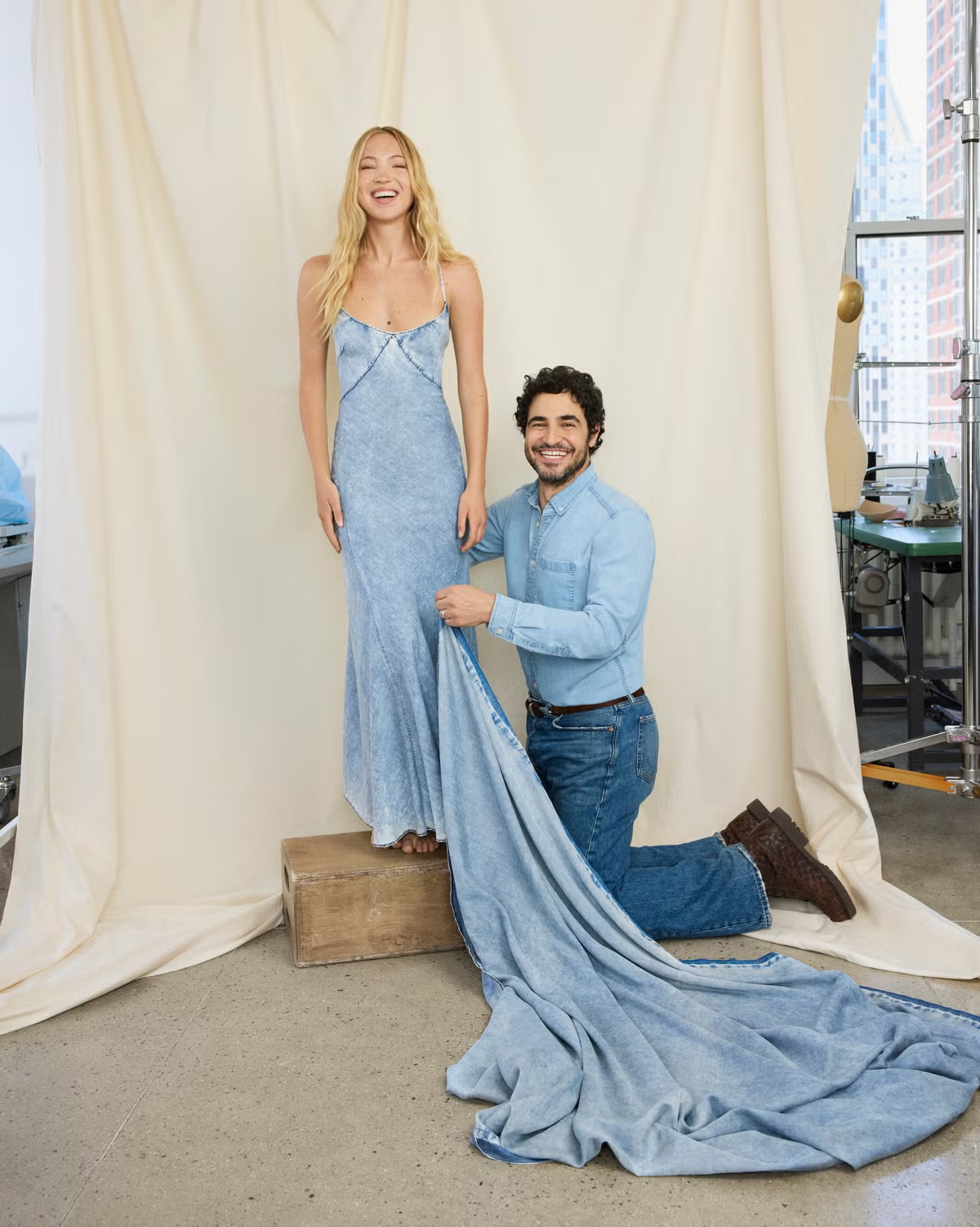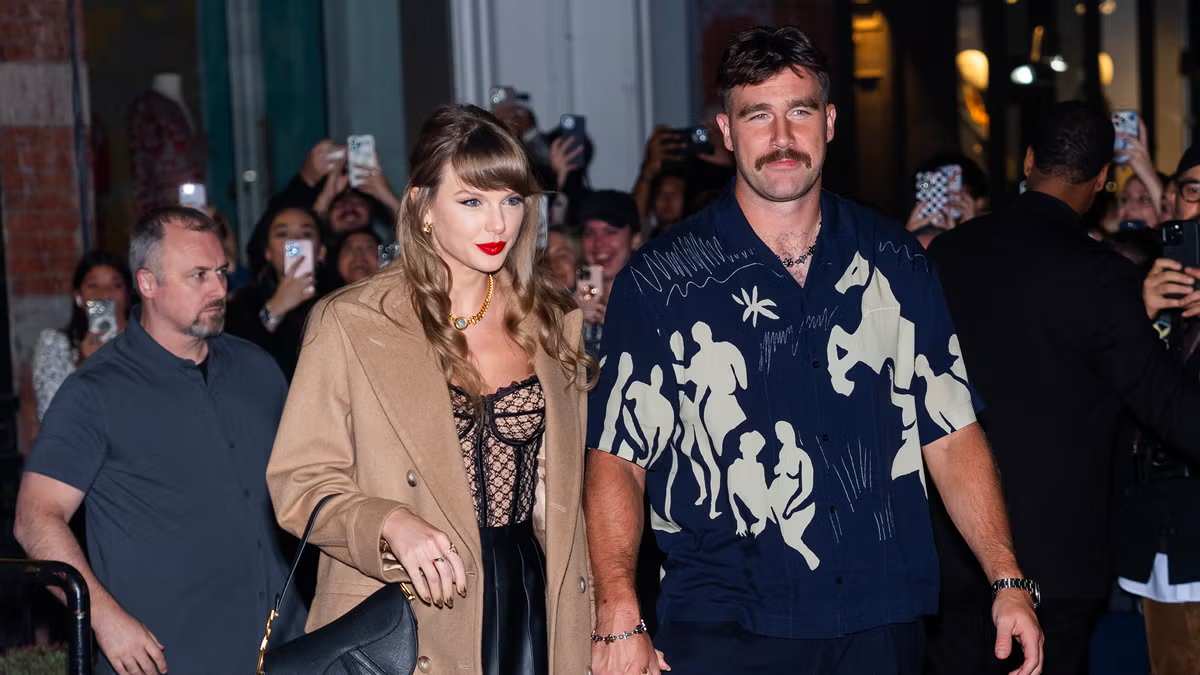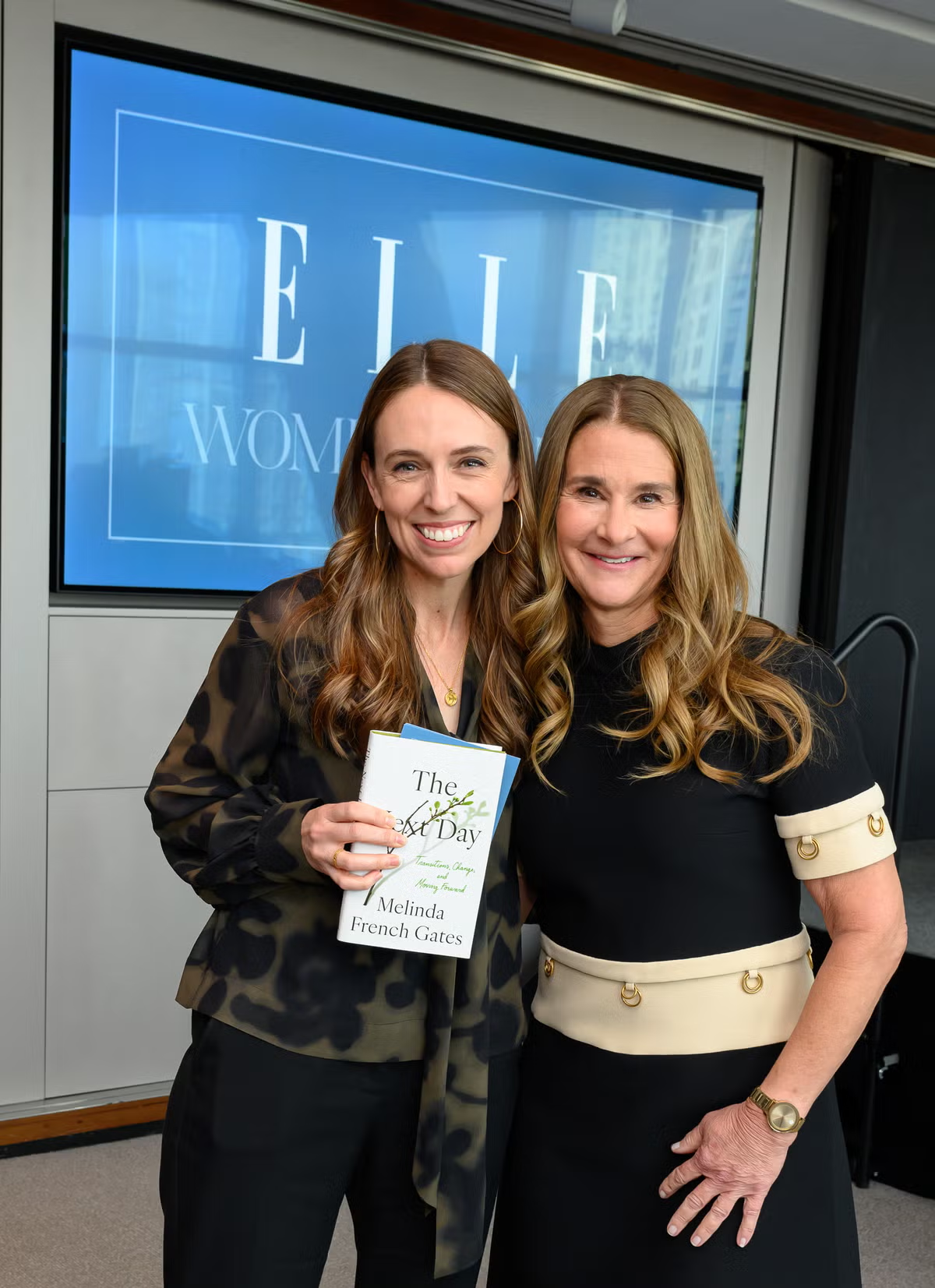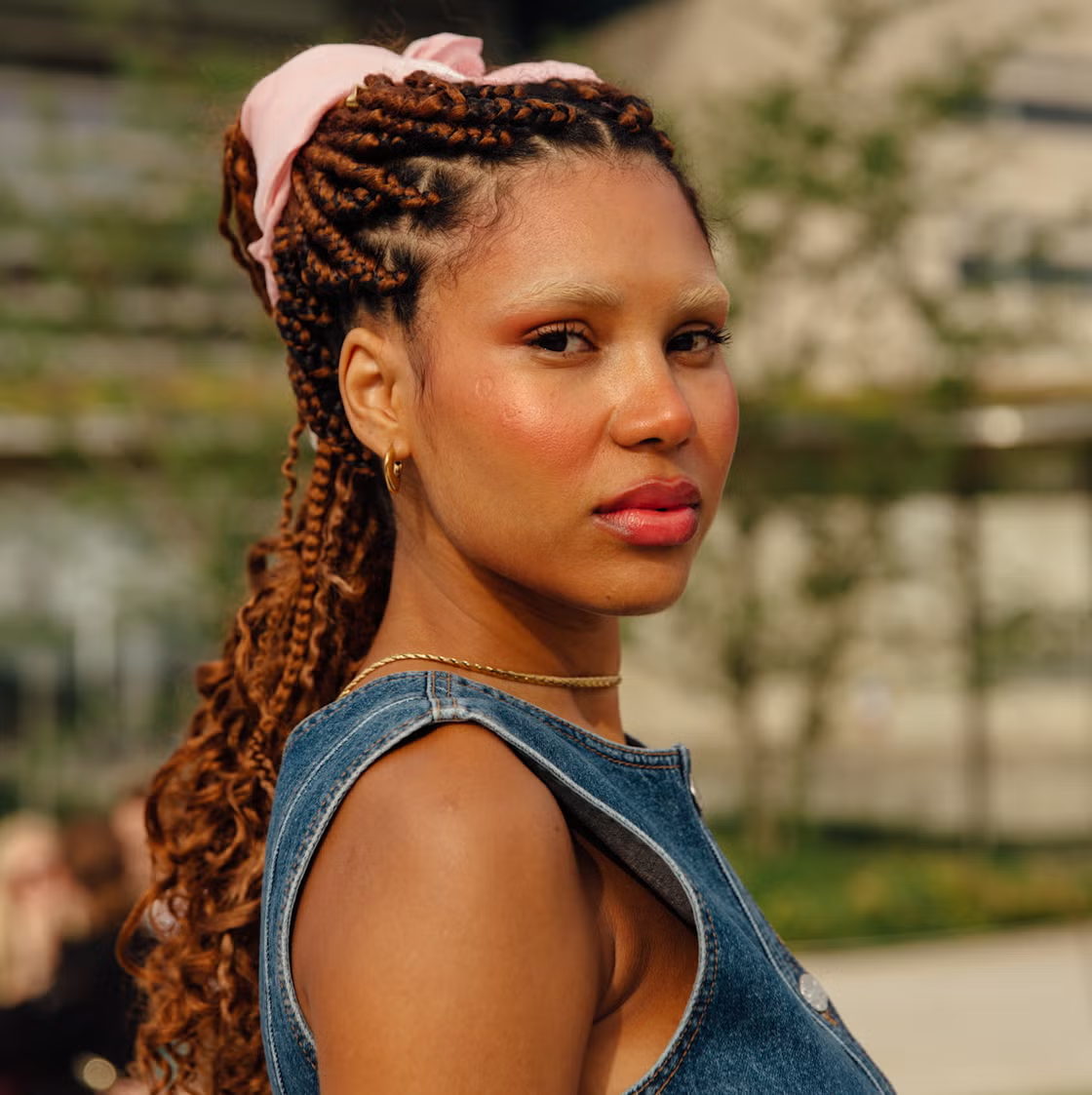Fashion is no stranger to reinvention, but when Zac Posen stepped into his new role at Gap, it wasn’t just another designer gig. It marked the fusion of heritage and innovation, of American basics and high design, of nostalgia and next-gen ambition. The fashion industry has watched Posen evolve from a red-carpet darling to a multifaceted creative force, and now, with Gap’s Spring 2025 line under his direction, he’s orchestrating a transformation that could not only redefine the brand’s image but also bring a wave of cultural relevance back to a once-iconic American label.
The fashion landscape has changed dramatically over the past decade. Gap, once a pillar of classic Americana and a staple of mall culture, gradually lost its cultural foothold to more agile, digitally native brands. But Zac Posen is proving that relevance can be recaptured with a clear creative vision and a keen understanding of what today’s consumer craves. His approach isn’t about scrapping the past. It’s about building on it—elevating the familiar and reminding the world why Gap once stood at the intersection of comfort, utility, and aspiration.
What’s most compelling about Posen’s work is that he knows how to blend accessibility with artistry. His designs for the Spring 2025 collection don’t scream for attention, but they command it. The silhouettes feel familiar, but they’re touched by a precision and polish that reveal the hands of someone who understands tailoring and structure at a level few do. He’s not trying to turn Gap into a luxury house, but he’s giving it a heartbeat again. The clothes are wearable, yes—but they’re also expressive, evocative, and distinctly human. They speak to a public that doesn’t want to choose between comfort and elegance. They want both. And Posen knows how to deliver it without diluting either.
There’s a quiet brilliance to how he’s infused the brand with new life. Instead of reinventing the wheel, he’s asking better questions: What if classic denim could feel like a statement piece? What if a basic white shirt could carry the drama of a gown? What if American sportswear could tell a new story—one that includes everyone and excludes no one? The answers come not just in the garments but in the way the entire campaign has been executed. It’s diverse, intentional, and filled with faces and figures that feel honest, modern, and culturally attuned.
Zac Posen’s influence extends beyond the design studio. He understands that fashion now is about storytelling, community, and emotional connection. With Gap, he’s not just dressing people—he’s inviting them into a world that’s optimistic, inclusive, and thoughtfully curated. His background in red-carpet fashion could have made this partnership feel mismatched, but instead, it’s the contrast that makes it magical. The same man who once crafted gowns for Hollywood royalty is now reimagining khakis and denim jackets with the same care. And in doing so, he’s rewriting what American fashion can look and feel like.
This return also highlights a larger truth: that creativity still matters. In an era dominated by data-driven decisions, trend cycles measured in hours, and product drops curated by algorithms, Zac Posen is proving that intuition, experience, and emotion still lead the way. His choices feel deeply considered, never calculated. Every piece in this new collection seems to carry intent—whether it’s a sharp shoulder, a cinched waist, or a perfectly faded pair of jeans. These aren’t just clothes. They’re propositions. They suggest a future where style and substance coexist without compromise.
What makes this moment even more powerful is that it’s not just about fashion. It’s about legacy. Zac Posen has always been a designer who thinks about lineage, about craftsmanship, about passing something down that’s bigger than himself. His partnership with Gap isn’t a branding stunt. It’s a vision for what fashion can be when it’s rooted in respect—respect for the past, for the people wearing the clothes, and for the power of everyday elegance. This is the kind of fashion that doesn’t ask for attention—it earns it.
As Gap begins this new chapter, it’s clear that Posen isn’t just designing clothes. He’s redesigning relevance. The industry is watching, not just because of the name attached to the label, but because something genuine is happening. It’s in the fabric, in the fit, in the feeling of garments that do more than dress a body—they express an identity. Zac Posen may have stepped into Gap, but he’s also stepped into something bigger: a rare, thrilling opportunity to redefine what American fashion looks like when it’s brave enough to dream again.








